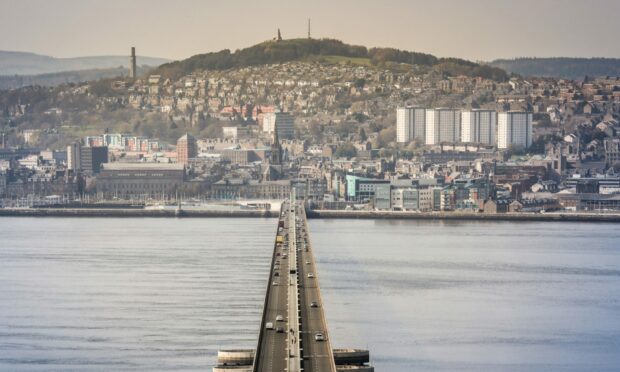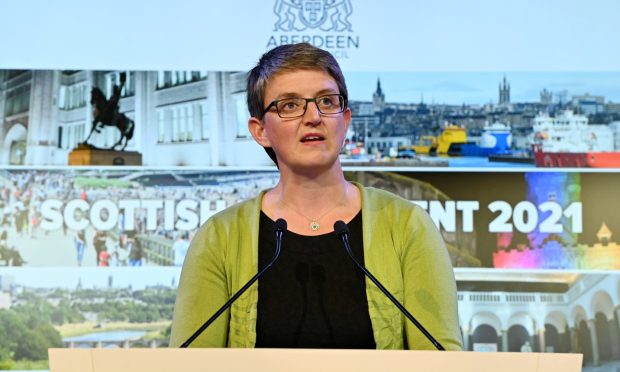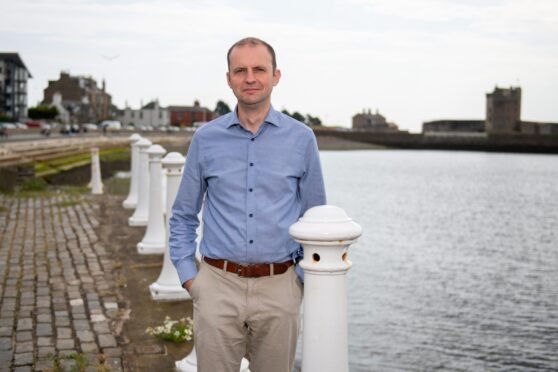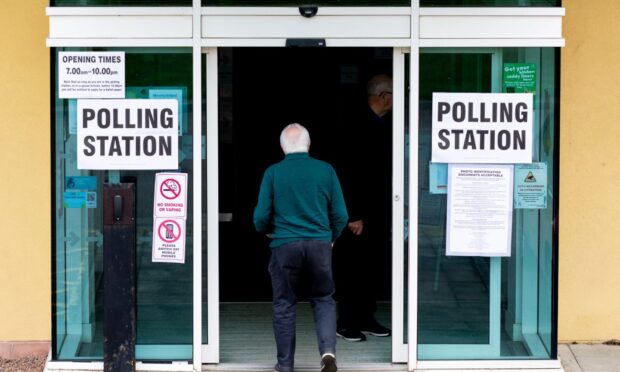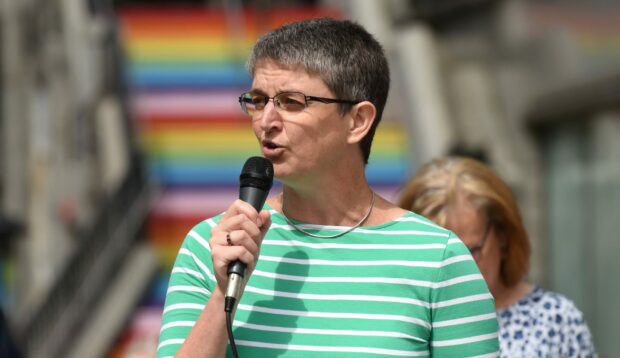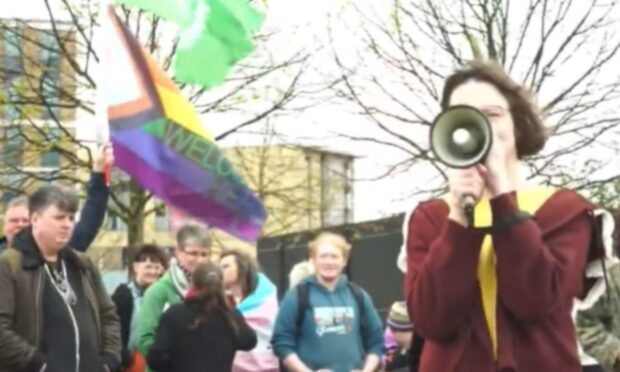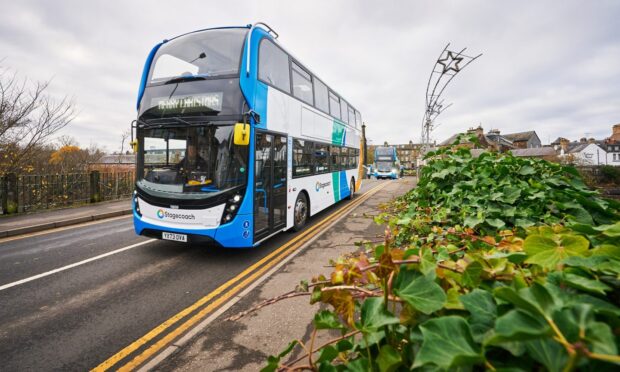Dundee has recorded the joint highest decline in population during the pandemic as students stayed away and home-workers packed up for the countryside.
Data from the National Records of Scotland revealed 1,100 residents left the city between 2020 and 2021.
By contrast, neighbouring local authorities such as Angus and Perth and Kinross saw an increase in the number of people living there.
Aberdeen also recorded a big loss, like other cities, while neighbouring areas welcomed more residents.
Here’s why some Scots appear to be rejecting the hustle and bustle of the city according to the latest figures.
1. The remote working boom
With Covid lockdowns ushering in a new era of working from home, many office workers no longer need to be in the city so often.
Dundee saw the same proportion of its population drop as Aberdeen did over the 12-month period when the data was recorded.
Statistics showed residents were also leaving Glasgow and Edinburgh in favour or rural locations.
The population of nearby Perth and Kinross increased by 1,600 in the 12 months – one of the steepest rises in Scotland.
A net total of 300 extra people also moved to Angus from mid-2020 to June last year.
Dr Christison, from St Andrews University’s geography department, told us: “I think a large part of it could be people having greater freedoms to work from home a bit further from their workplace.
“The figures show that the most common migration flows are from city council areas to neighbouring areas, like between Aberdeen and Aberdeenshire.”
A Dundee city council spokesperson said: “There are many factors that could contribute to this, including students moving back to their parents addresses during the pandemic, as well as people choosing to be based in more rural locations as working from home becomes a more viable option.”
2. Priced out of the city
If some remote workers were keen on staying in the city, then housing costs may have finally convinced them to leave.
Rental prices in Dundee have increased dramatically, while the cost of buying a home has soared.
Experts warned in January that first time buyers will face a major struggle trying to get on to the property ladder.
Dr Christison said: “If people can get cheaper accommodation outside of cities, and they’re more able to move further away from their work, both of those things in conjunction could have an impact.”
3. What’s the impact on rural areas?
Local authority bosses in less populated areas will no doubt welcome an upturn in the number of people wanting to live there.
However, an increasing population could provide some councils with additional challenges at a time when key services are already stretched.
Increasing populations in rural areas could put a strain on the NHS, which is already short-staffed in some towns and villages.
Scottish Tory MSP Rachael Hamilton said: “While it is welcome to see more people moving to our rural communities, the SNP must ensure that these increases are backed up by sufficient infrastructure.”
4. Are current trends likely to continue?
The National Records of Scotland are unsure whether the flight from cities to the countryside is likely to continue in years to come, or if this is a one-off due to Covid.
Unlike Glasgow and Edinburgh, which had seen regular population increases in the past decade until Covid struck, Dundee has largely been stagnant since 2011.
In 2011 a total of 147,200 people were living in the Tayside city.
Dundee in particular has been stagnating to a very considerable extent.”
– Dr Michael Anderson, Edinburgh University
The latest figures released mean the number of locals has only risen by 520 since then.
Dr Michael Anderson, from Edinburgh University said: “Part of the issue for Dundee in particular is this takes place in a context where the city’s population has been growing very slowly anyway.
“This isn’t the first time in the past 20 years where the population of Dundee has looked very flat or declined. Dundee in particular has been stagnating to a very considerable extent.”
